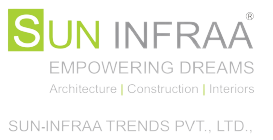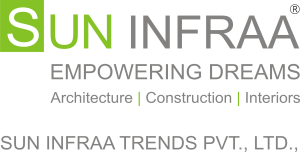Office Design Problems and How to Solve Them
In today’s modern work culture, office spaces are no longer just places where employees clock in and out. They are dynamic environments that play a pivotal role in boosting productivity, fostering collaboration, and maintaining employee well-being. Yet, many offices face design challenges that hinder these goals. From poor layouts to uninspiring aesthetics, office design problems can affect not only employee satisfaction but also the overall success of a business.
1. Lack of Space Efficiency
The Problem:
Many offices struggle with inefficient use of space. Cluttered workstations, cramped meeting rooms, or underutilized areas can make employees feel restricted and reduce productivity.
The Solution:
Adopt Open Layouts: Consider an open-plan office with strategically placed zones for specific tasks.
- Use Modular Furniture: Multi-functional and movable furniture helps reconfigure spaces as needed.
- Utilize Vertical Space: Install shelves, wall-mounted desks, and organizers to free up floor space.
- Declutter Regularly: Introduce storage solutions and encourage employees to maintain tidy workstations.
2. Poor Lighting
The Problem:
Inadequate or harsh lighting is one of the most overlooked office design issues. Poor lighting can lead to eye strain, headaches, and fatigue, affecting productivity and mood.
The Solution:
Maximize Natural Light: Arrange workstations near windows to allow sunlight in.
- Layer Lighting: Combine ambient, task, and accent lighting for a balanced environment.
- Use Energy-Efficient Fixtures: Install LED lights with adjustable brightness to suit different tasks and times of day.
- Incorporate Reflective Surfaces: Mirrors and glossy finishes can amplify existing light.
3. Noise Distractions
The Problem:
Open-plan offices, while great for collaboration, often suffer from excessive noise. This can make it difficult for employees to concentrate, leading to frustration and reduced output.
The Solution:
- Acoustic Panels: Install sound-absorbing panels and ceiling tiles to minimize noise.
- Designate Quiet Zones: Create noise-free areas for focused work.
- Introduce White Noise Machines: These help mask distracting sounds.
- Add Soft Furnishings: Rugs, curtains, and upholstered furniture can absorb sound effectively.
4. Lack of Personalization
The Problem:
A sterile, impersonal office environment can make employees feel disconnected. A lack of individuality stifles creativity and reduces morale.
The Solution:
- Encourage Personal Touches: Allow employees to decorate their workstations with photos, plants, or small décor items.
- Incorporate Brand Identity: Use your company’s colors, logos, and values in the design.
- Create Community Spaces: Design areas that encourage interaction and foster a sense of belonging.
5. Uncomfortable Furniture
The Problem:
Ergonomics often take a backseat in office design, leading to discomfort, back pain, and long-term health issues for employees.
The Solution:
- Invest in Ergonomic Furniture: Provide adjustable chairs, sit-stand desks, and ergonomic keyboards.
- Prioritize Comfort: Ensure all furniture, from desks to lounge chairs, is comfortable and supportive.
- Encourage Movement: Incorporate standing desks or walking meeting areas to reduce sedentary behavior.
Conclusion
An office’s design is a reflection of its values, culture, and aspirations. By addressing common design problems, businesses can create environments that are not just functional but also inspiring and employee-centric. From efficient layouts to comfortable furniture, every design element plays a role in shaping the work experience.
Are you ready to transform your office into a space that drives productivity and innovation? By tackling these design challenges head-on, you can ensure your workplace becomes a hub of creativity, collaboration, and success. Let your office be more than a space—it can be an experience!



